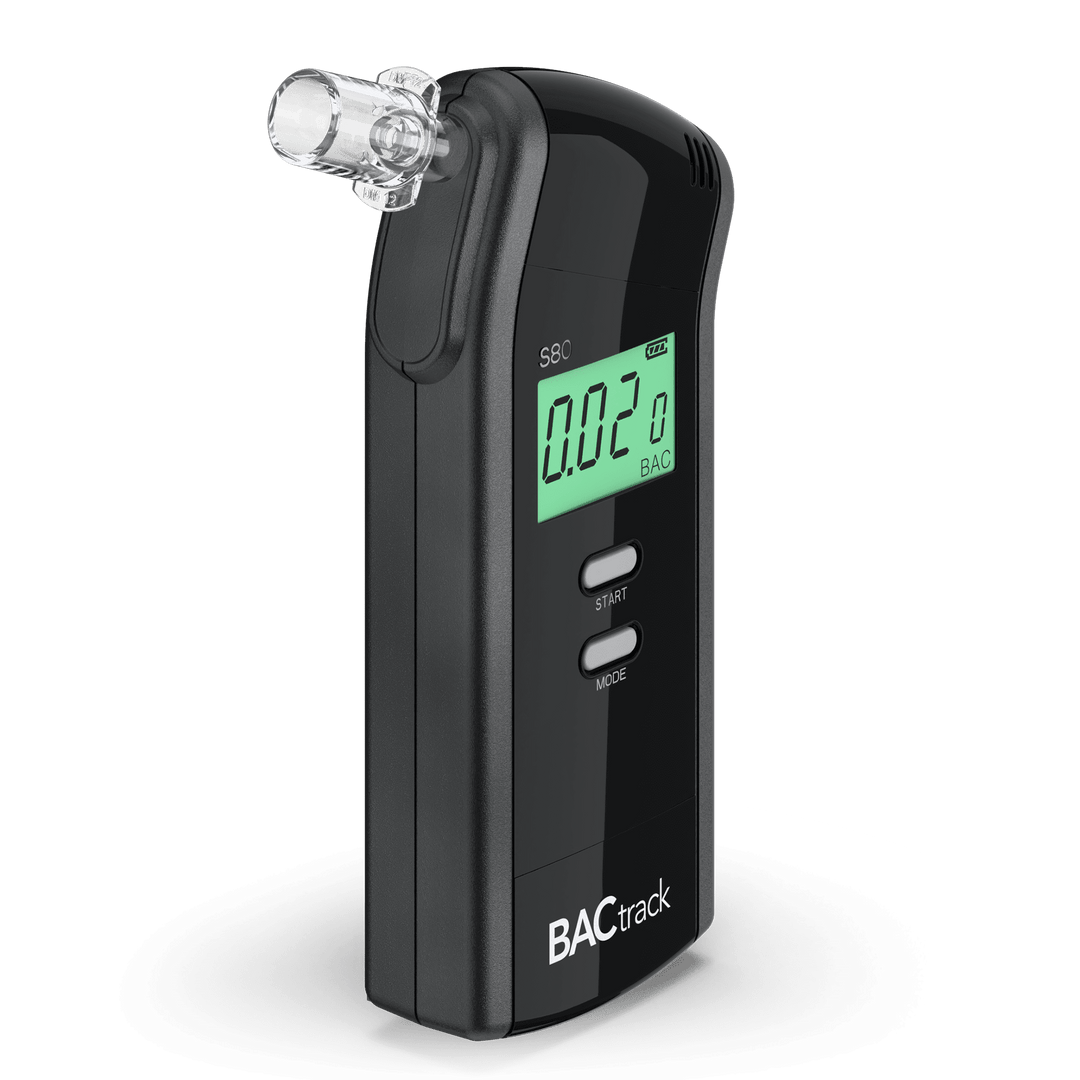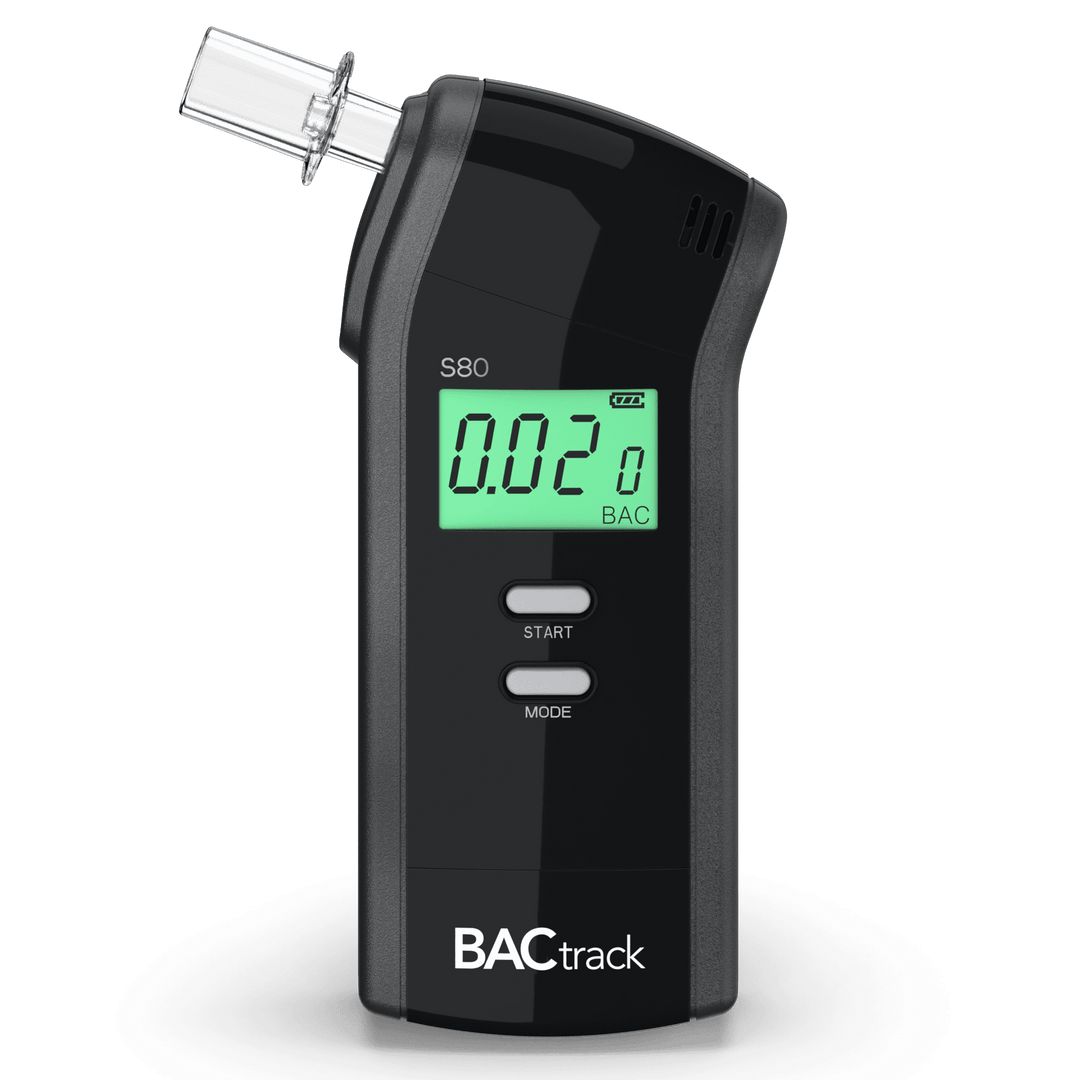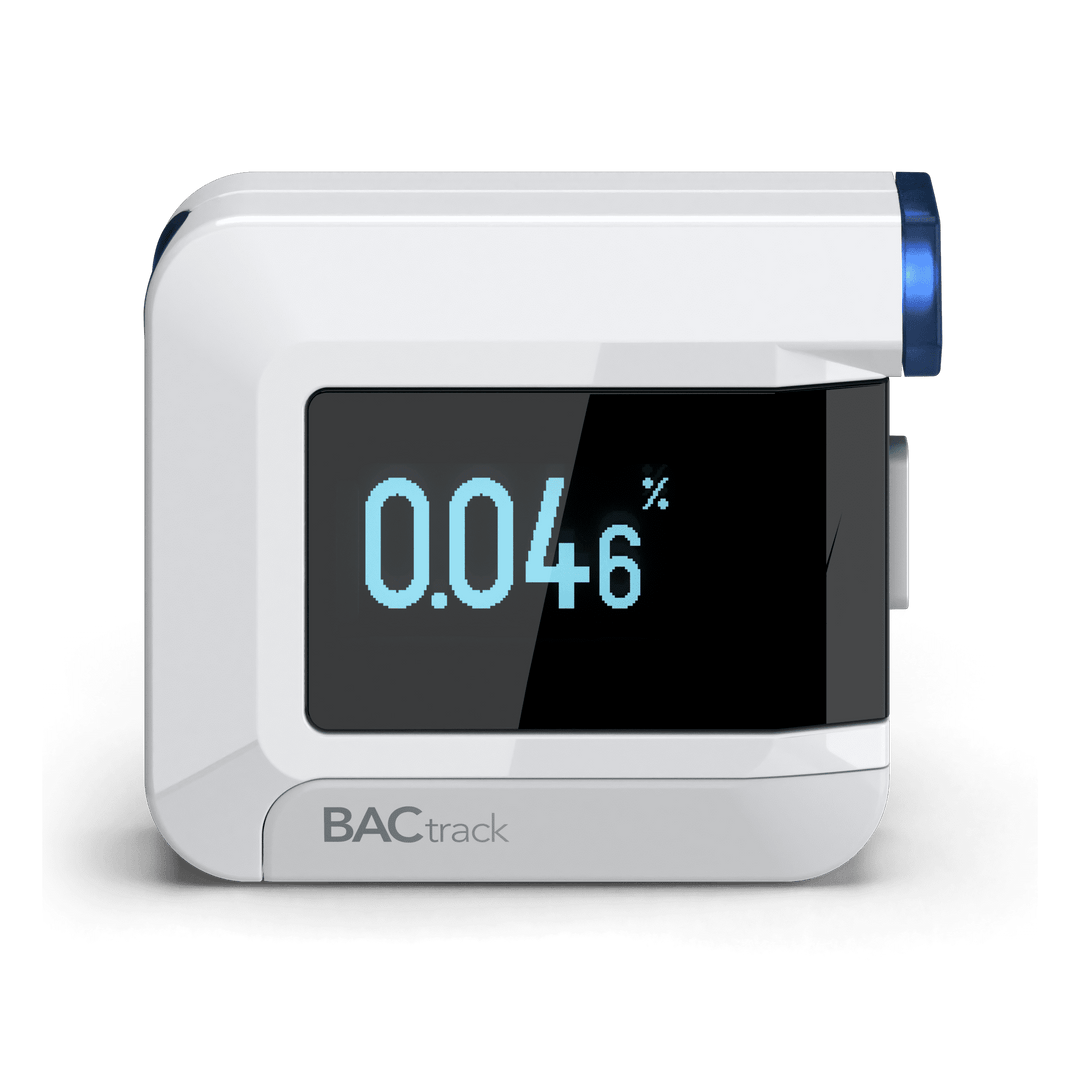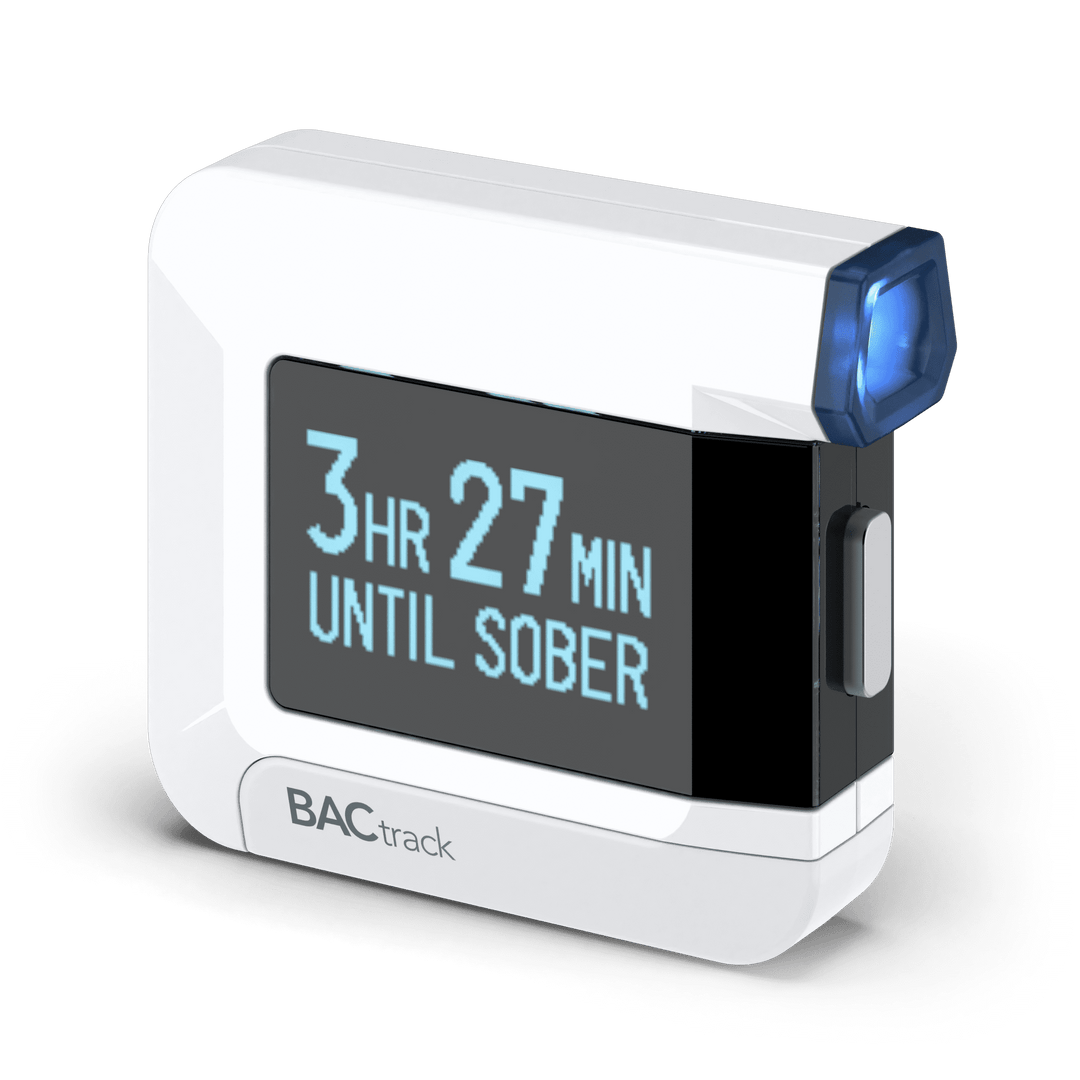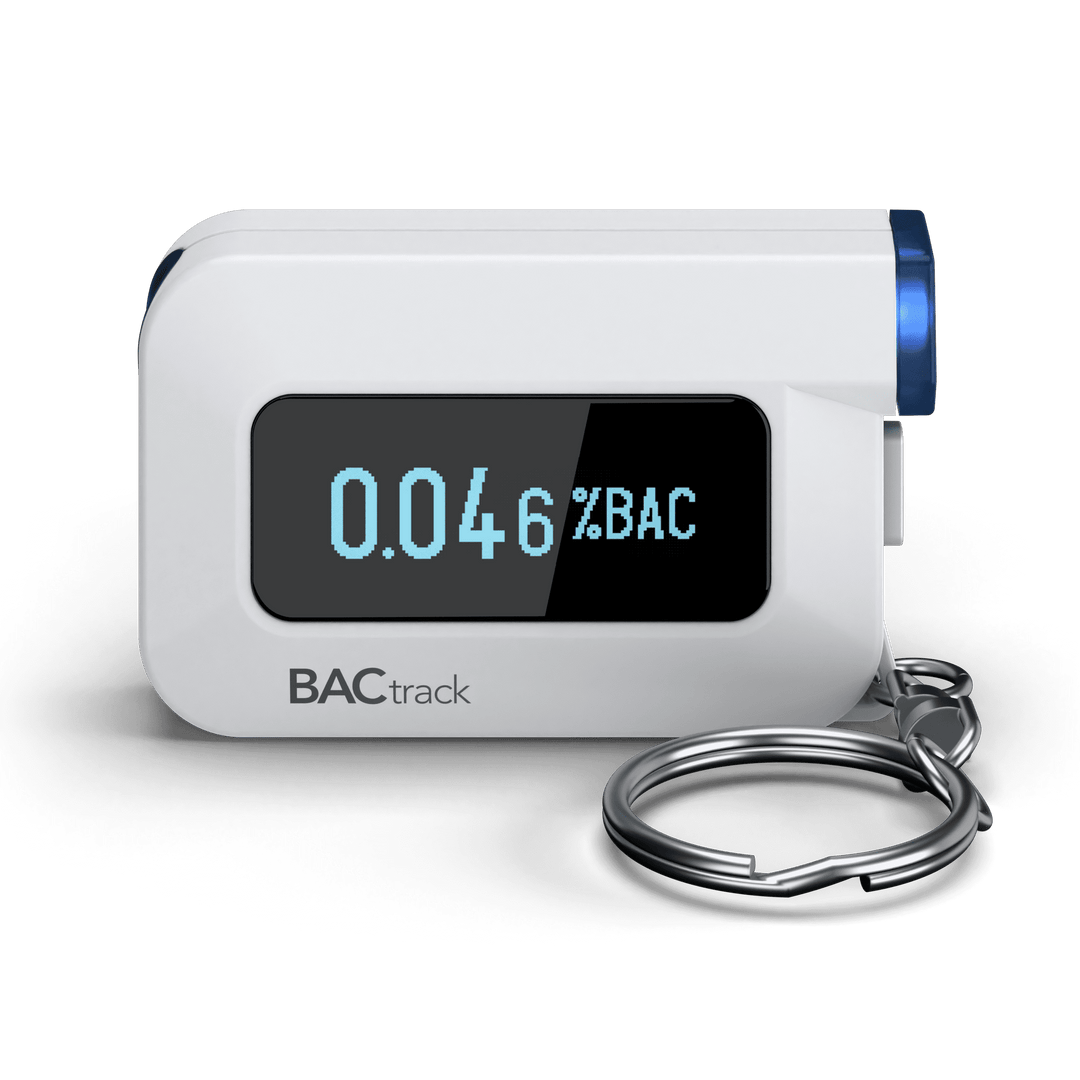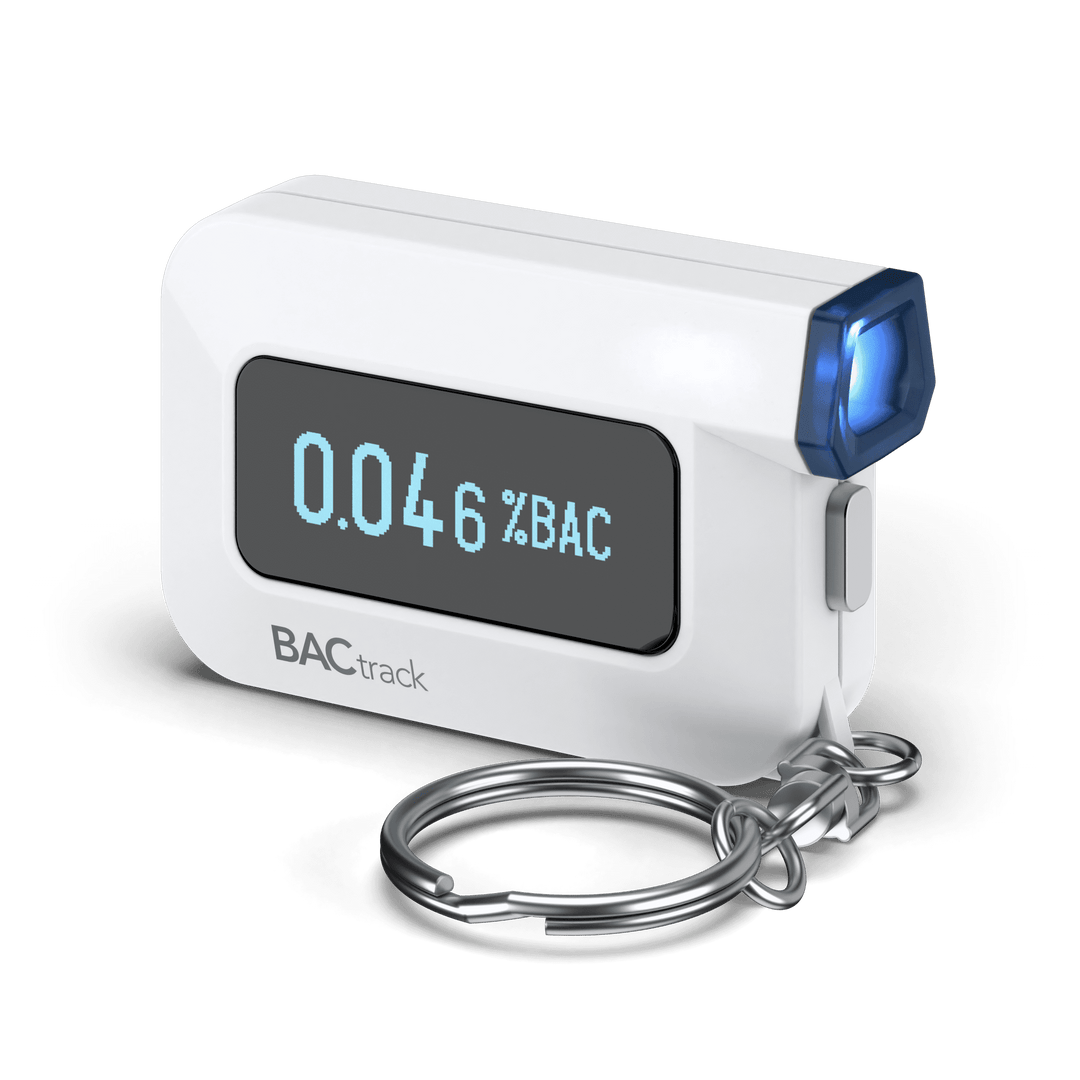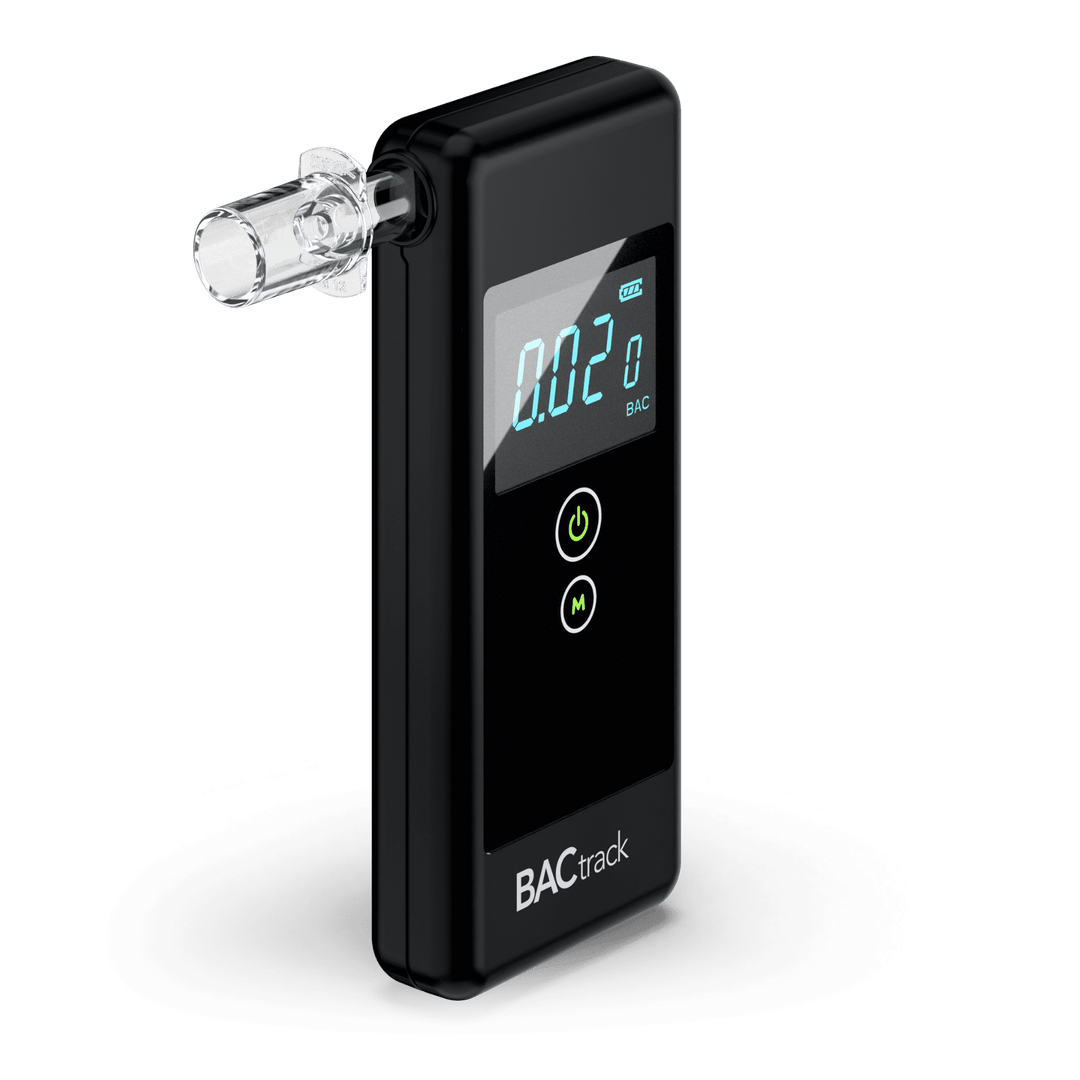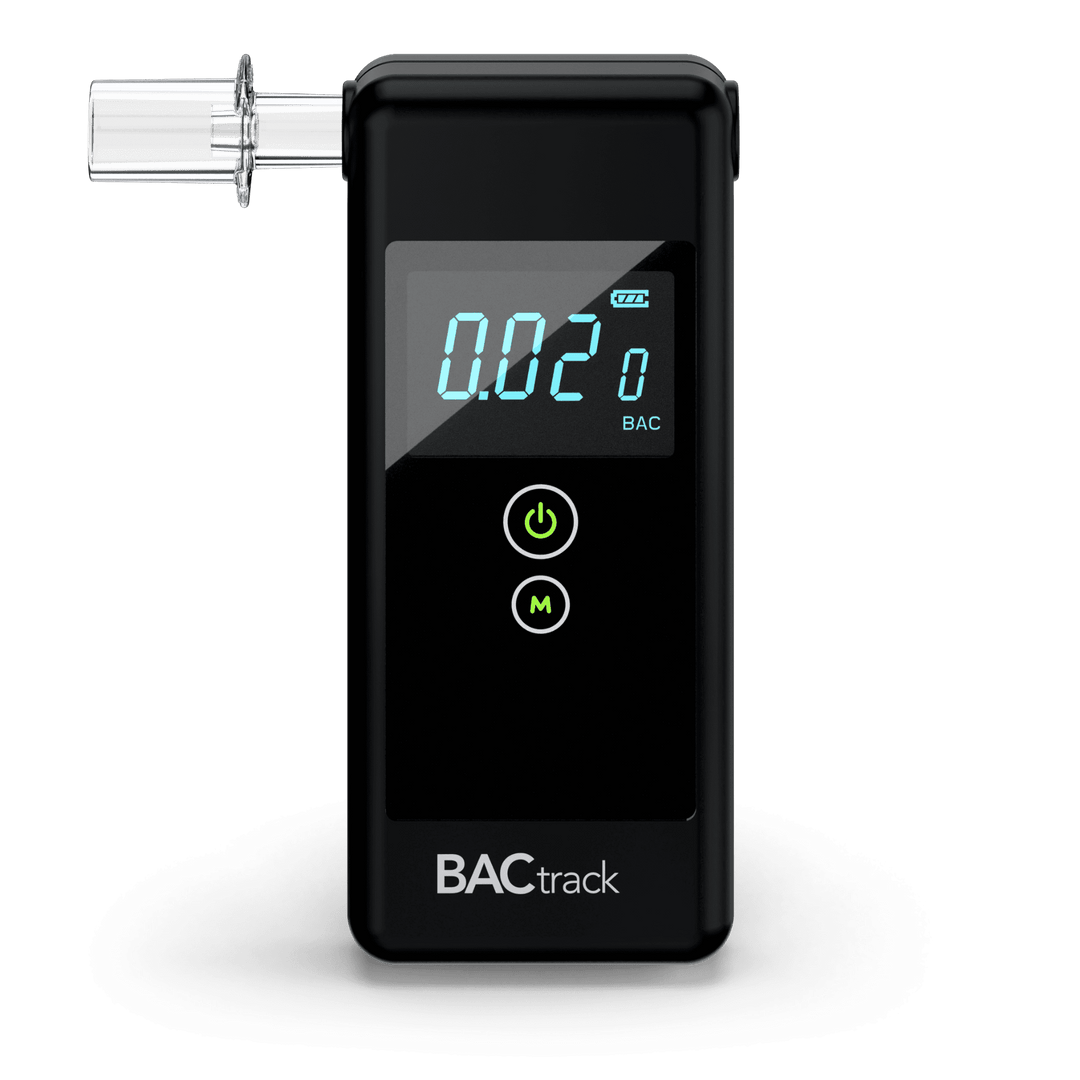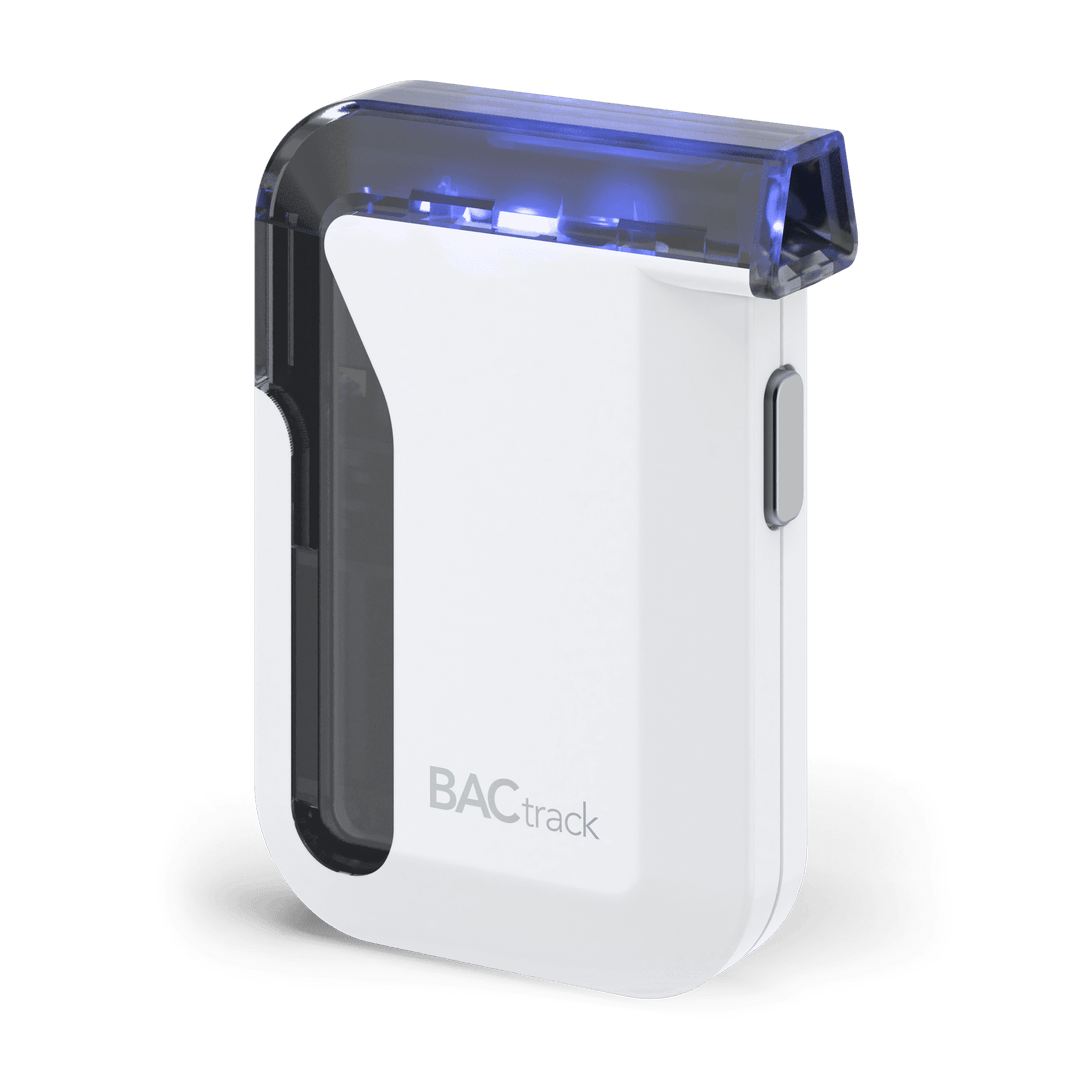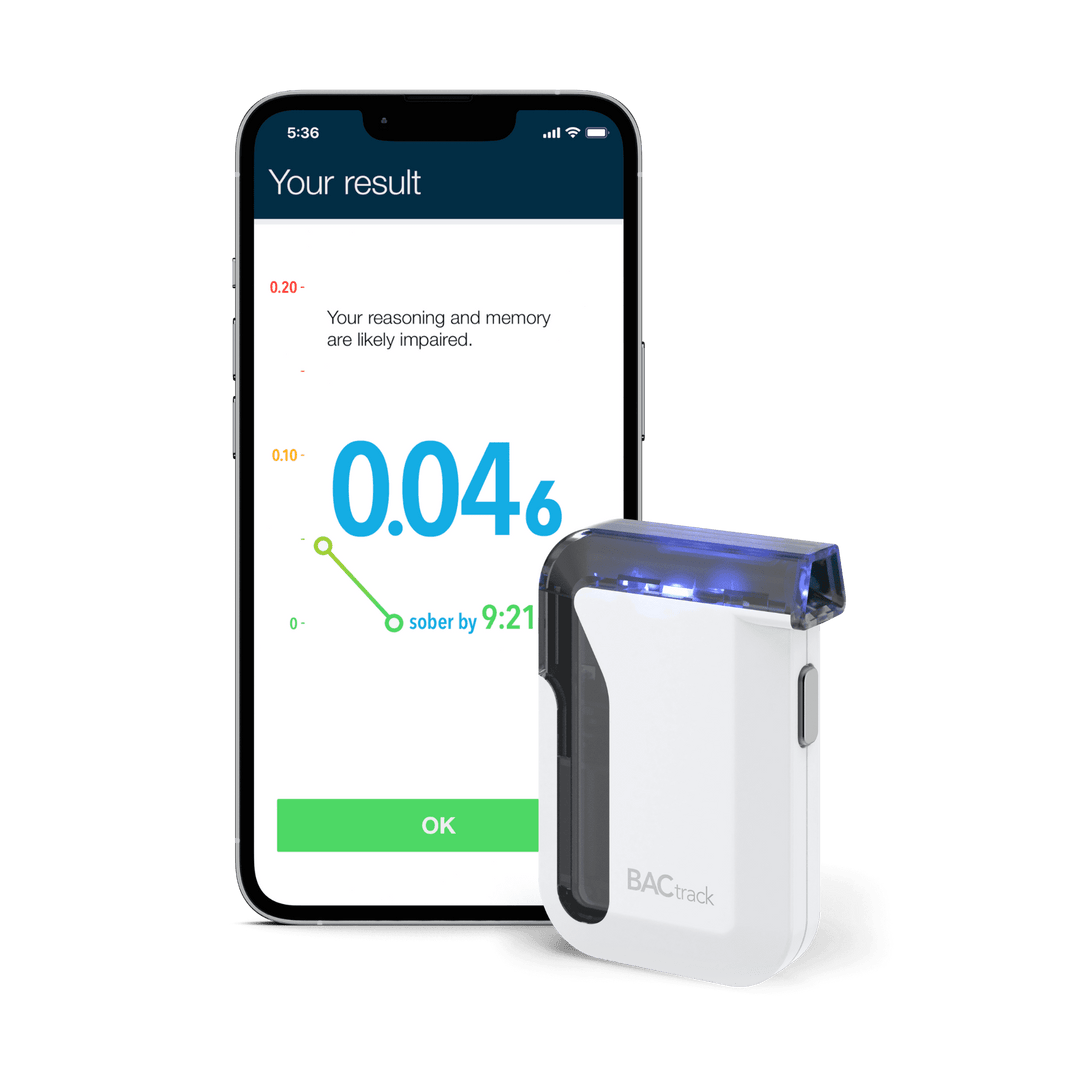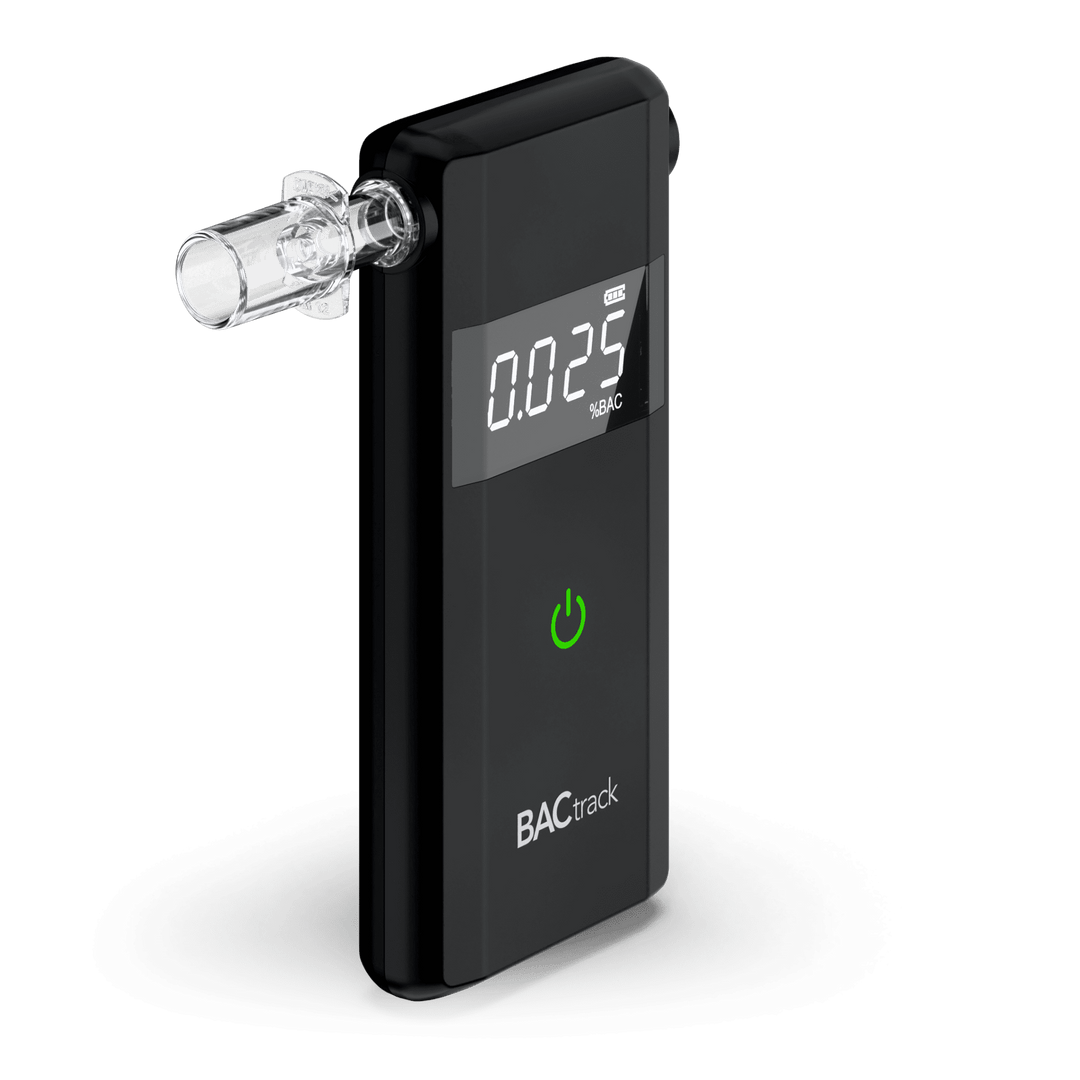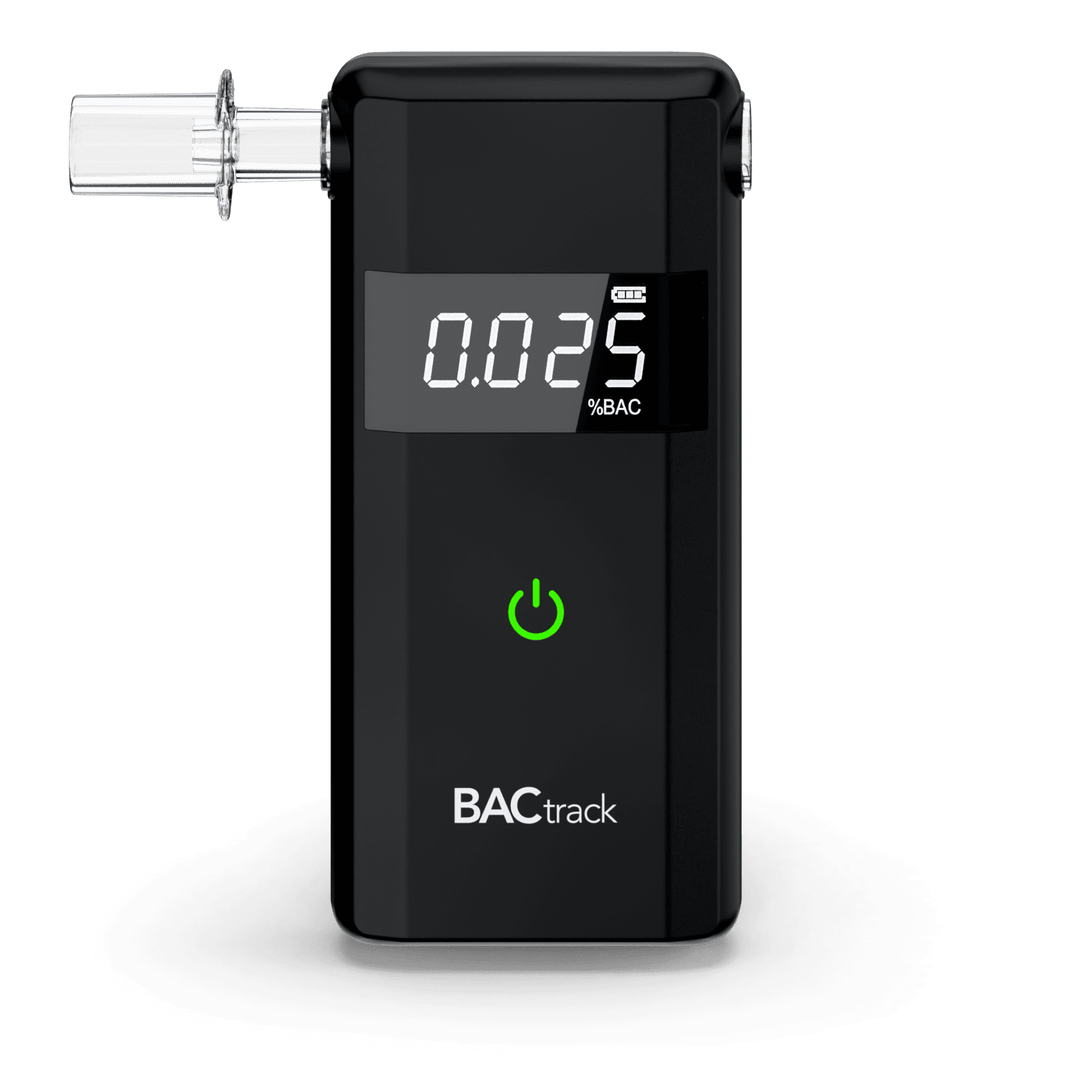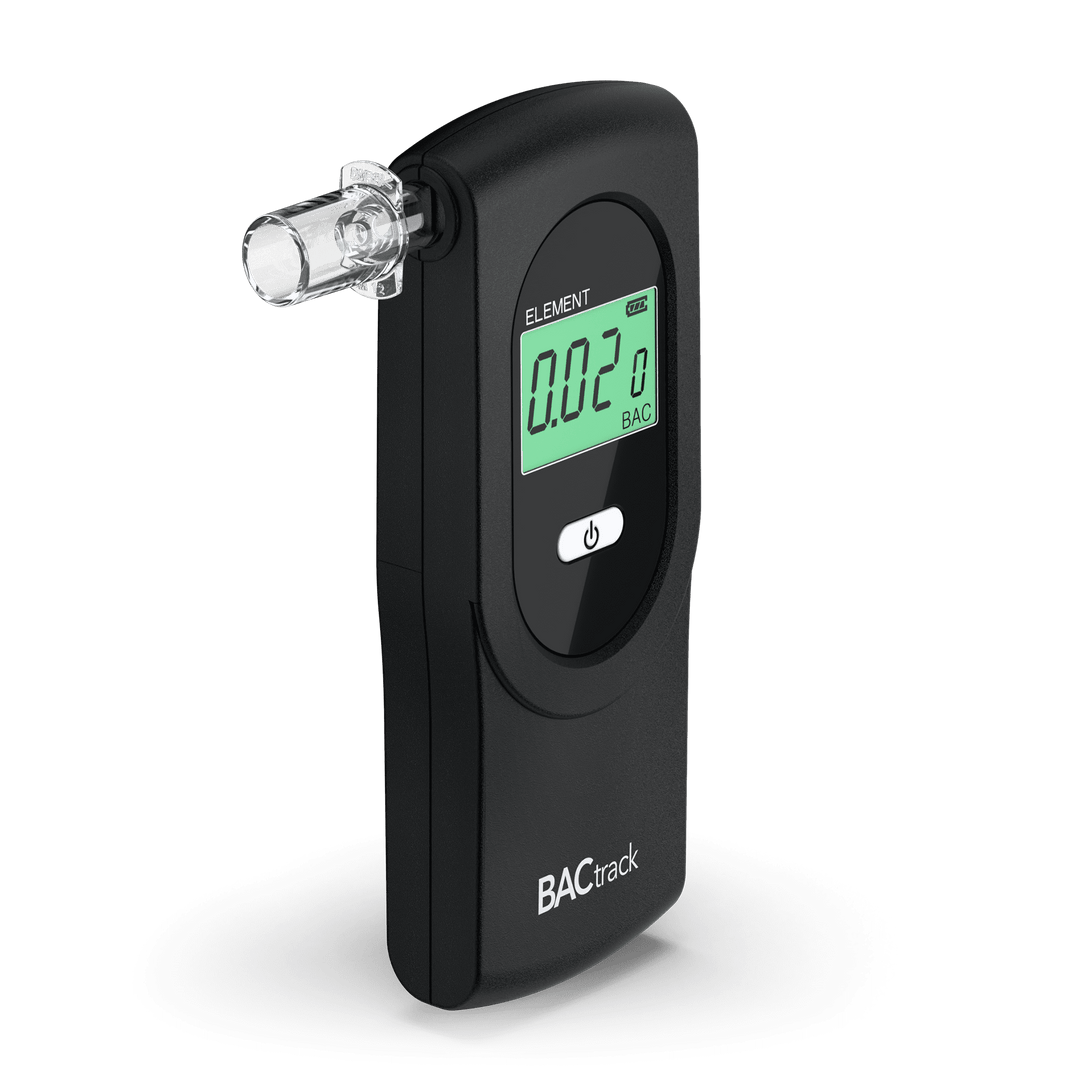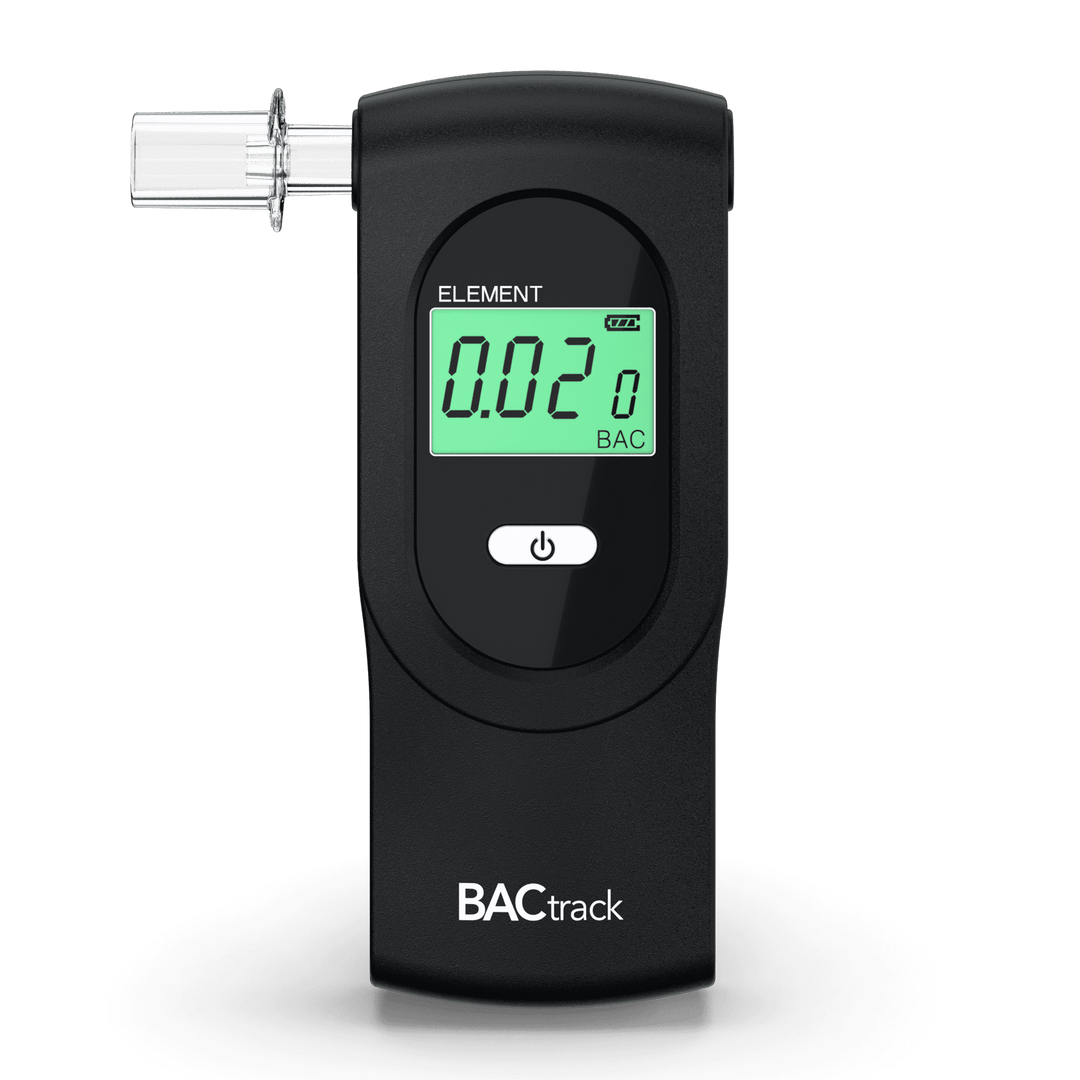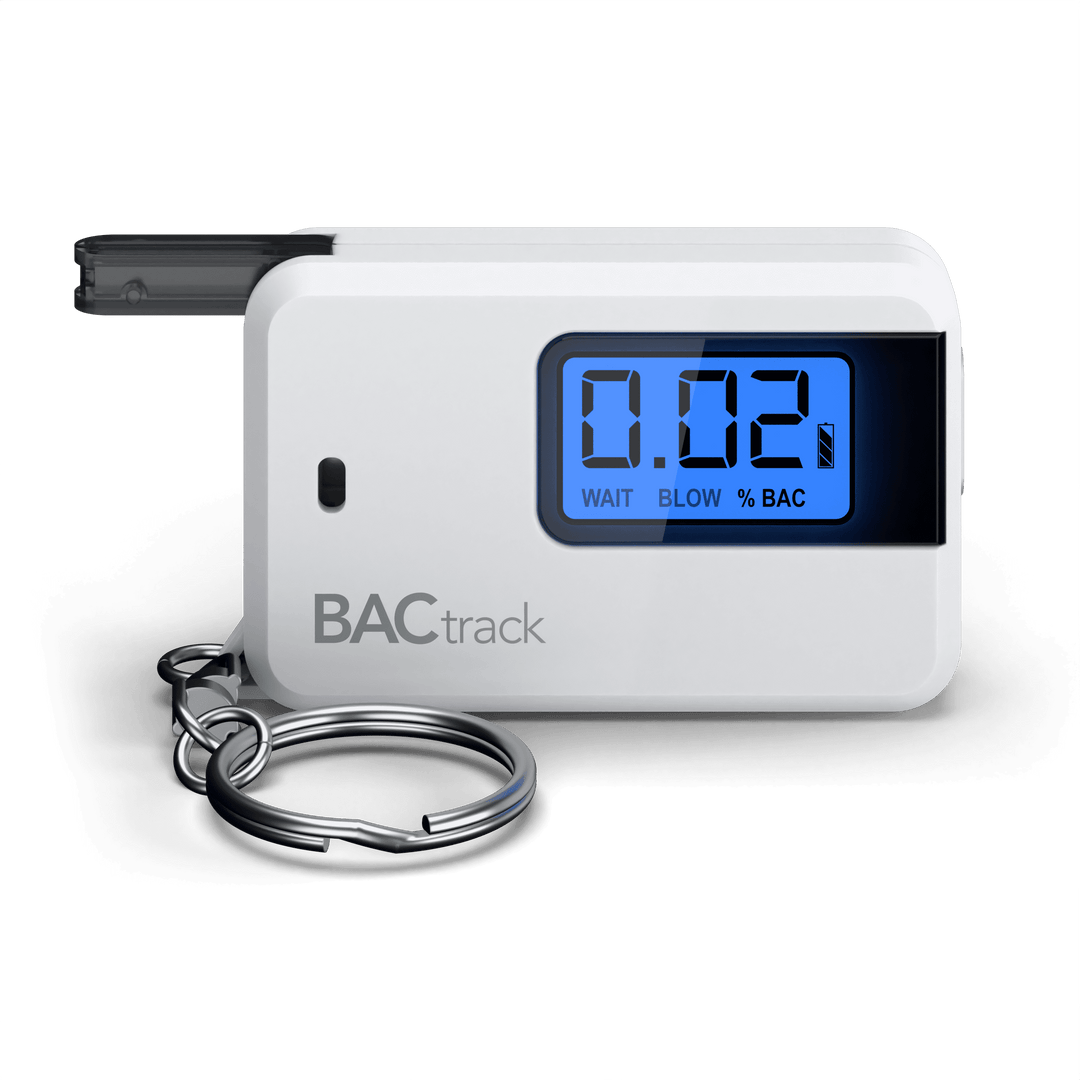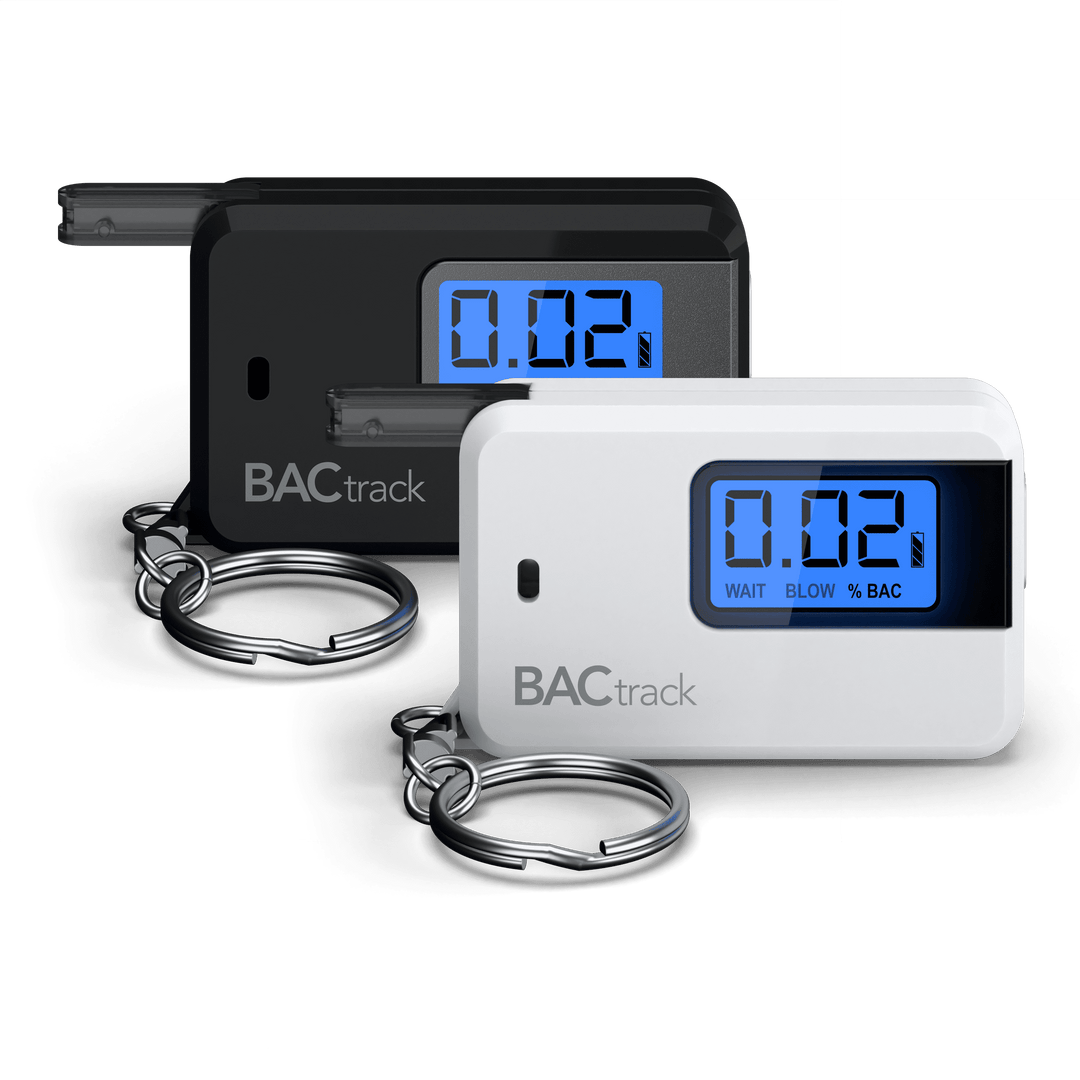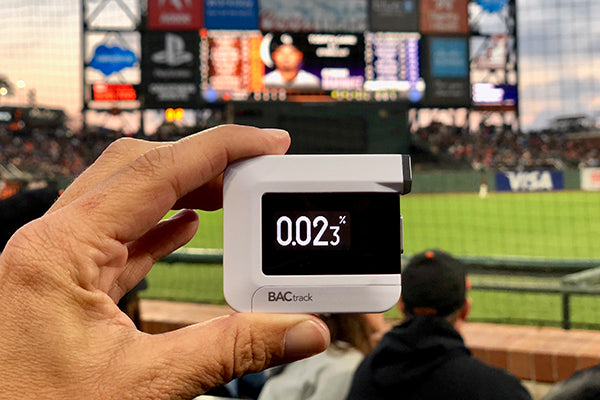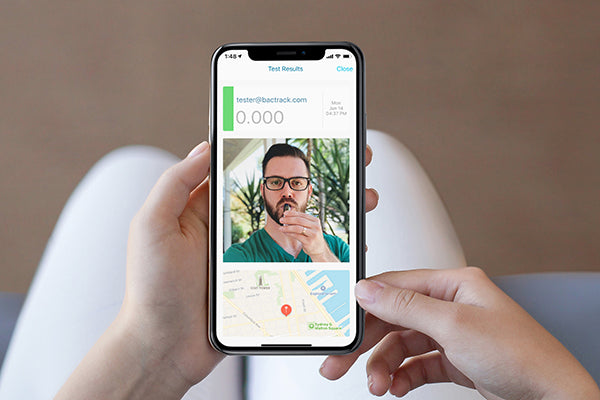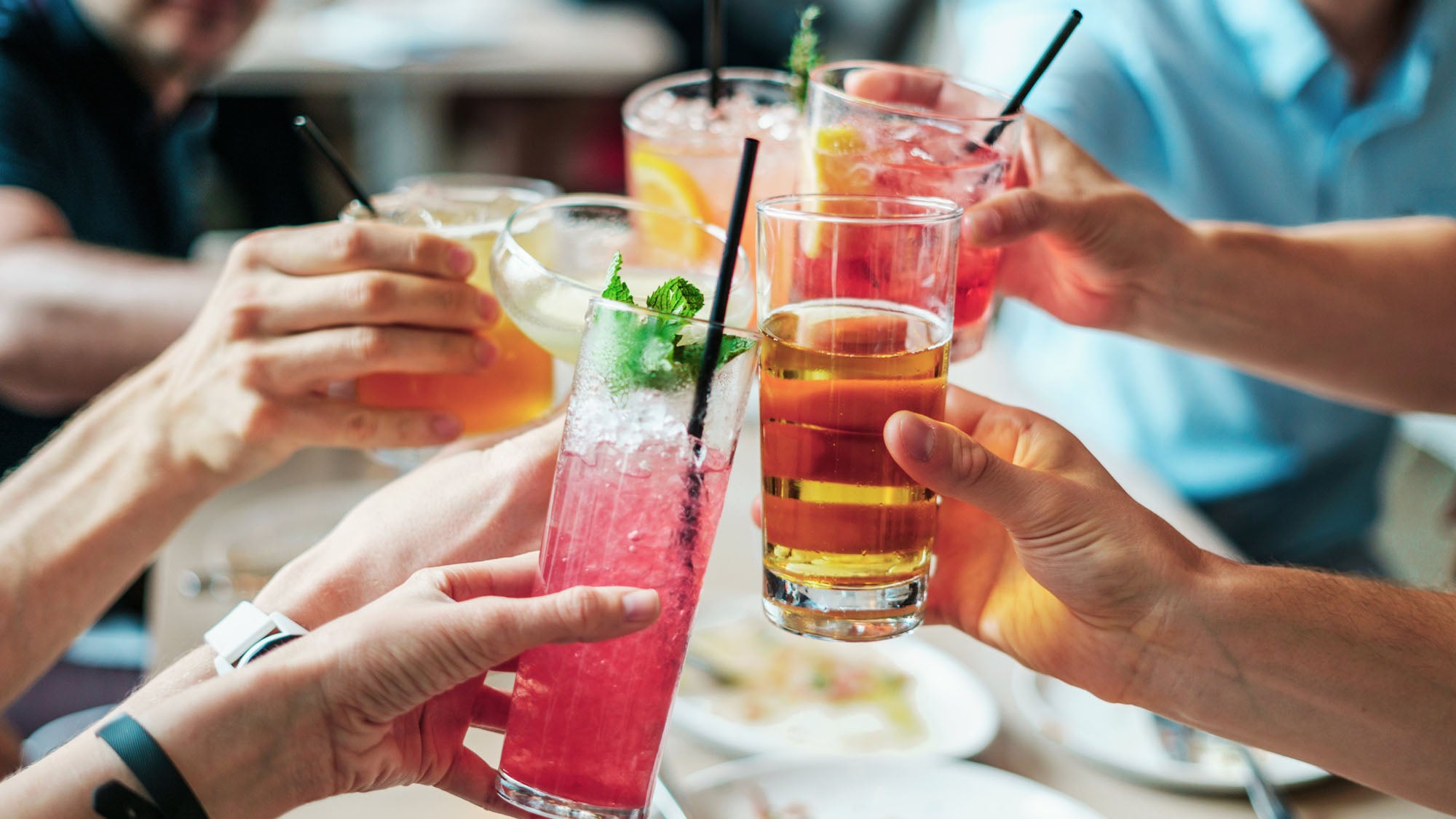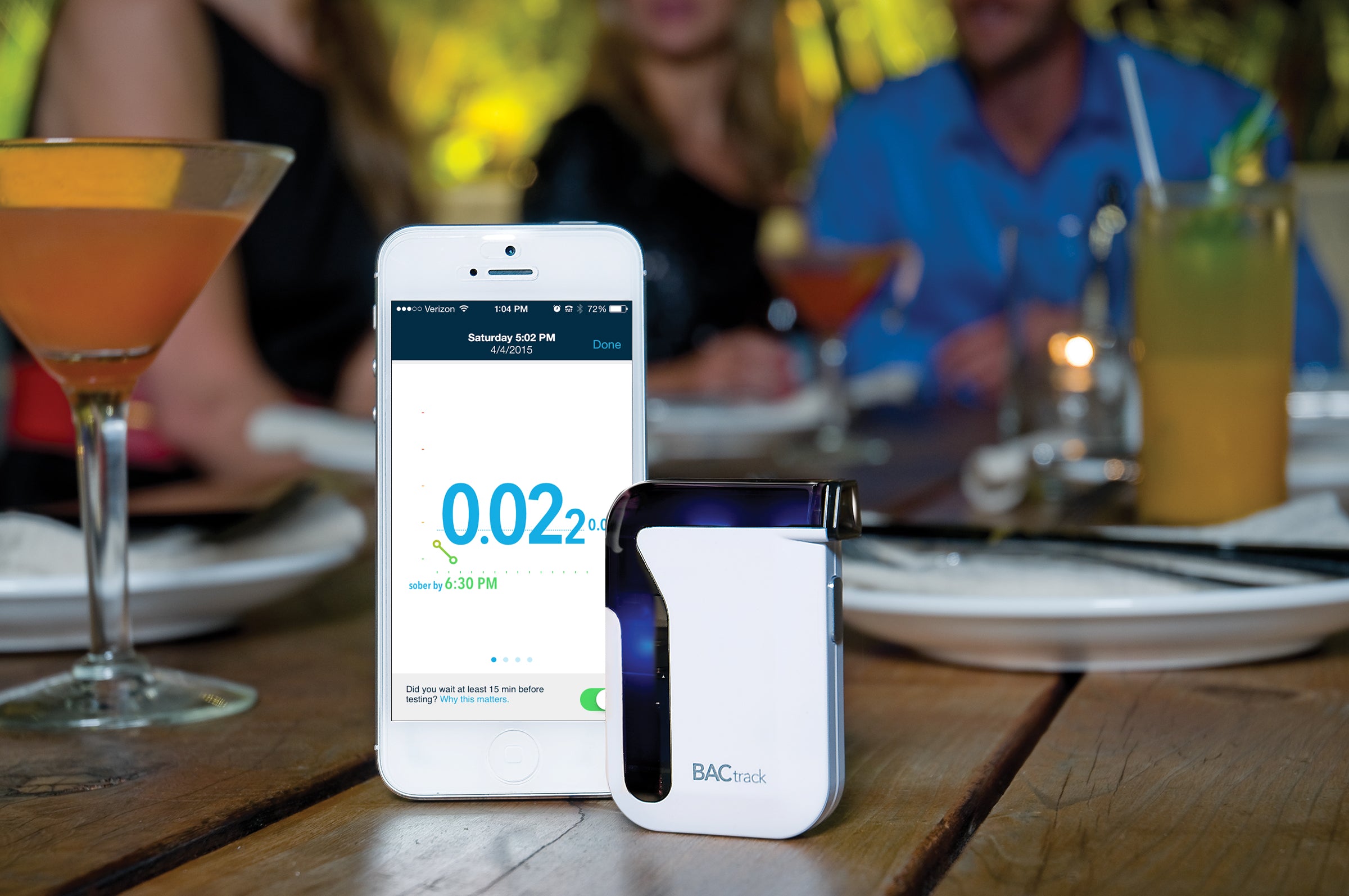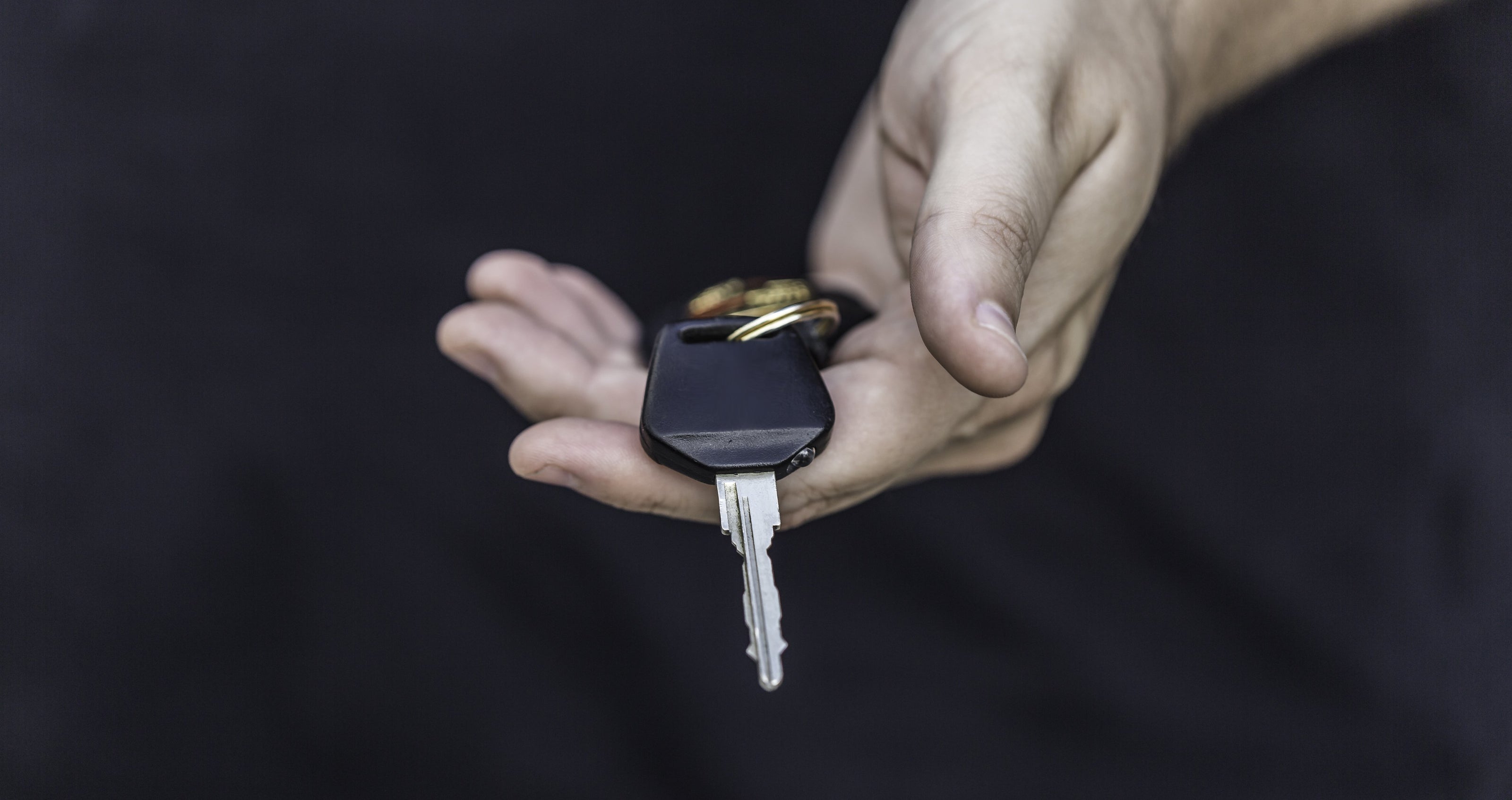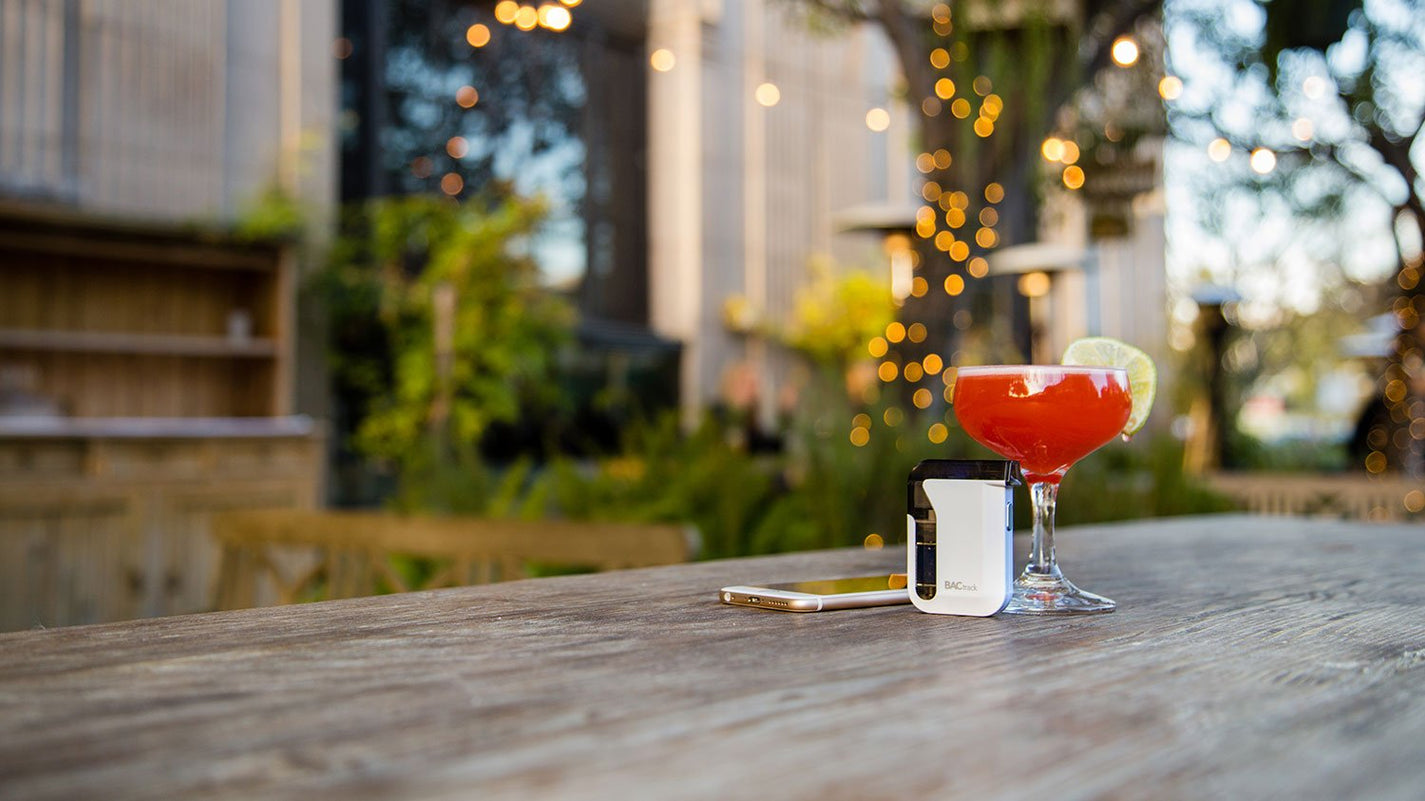You may think it's a simple question with a simple answer – one drink equals one standard amount of alcohol, but that's not always the case.
The amount of alcohol in your drink varies based on the serving size, type of drink, and mixers you use. If you’ve ever stood up after drinking a Hurricane in New Orleans, you know that one drink can pack a much more powerful punch than you expect.
What is a standard drink size?
In 1985, the U.S. Department of Health and Human Services (HHS) and the U.S. Department of Agriculture (USDA) listed a standard drink for the first time in the Dietary Guidelines for Americans. The designation of a standard drink allowed people to compare alcoholic beverages of various types and sizes. Being able to fully comprehend that each drink has the same amount of ethanol, or pure alcohol, helps people keep track of how much alcohol they have consumed.
But you have to be careful because the definition of a standard drink varies from country to country! In the United States, the National Institutes of Health implemented the following amounts for a standard drink in order to ensure uniformity. The standard drink contains 14 grams of pure alcohol. There are 14 grams of pure alcohol in:
- 12 ounces of beer (5% alcohol content)
- 8 ounces of malt liquor (7% alcohol content)
- 5 ounces of wine (12% alcohol content)
- 1.5 ounces or a “shot” of 80-proof (40% alcohol content) distilled spirits or liquor

Factors that skew a standard drink size:
Serving Size
If you open a can or bottle of beer, you know it is a standard serving size and the percent of alcohol by volume is printed right on the label. The amount of alcohol is easy to calculate. The same goes for wine, if you measure your 5-ounce serving then you know the percent of alcohol by volume because it is printed on the label. And a shot glass holds 1.5 ounces of liquor. While this works great in a perfect world, I rarely see people measure their wine before they pour at a party or check the size of the glass when drawing a beer from a keg.
 Five ounces of wine can look deceptively small in a larger glass. The shape of the glassware has a huge impact on the amount of alcohol consumed. To illustrate, take a look at the image of the three wine glasses shown here - all have different amounts of wine. Also, consider that not all shot glasses hold 1.5 ounces. Shot glasses vary in size from 1 to 1.5 to 2 ounces and often aren’t labeled. This makes a big difference in your blood alcohol content if you thought you had 2 shots in your mixed drink, but really it was closer to 3.
Five ounces of wine can look deceptively small in a larger glass. The shape of the glassware has a huge impact on the amount of alcohol consumed. To illustrate, take a look at the image of the three wine glasses shown here - all have different amounts of wine. Also, consider that not all shot glasses hold 1.5 ounces. Shot glasses vary in size from 1 to 1.5 to 2 ounces and often aren’t labeled. This makes a big difference in your blood alcohol content if you thought you had 2 shots in your mixed drink, but really it was closer to 3.
And the iconic red solo cup is not one drink! A single red solo cup can hold 18 ounces, which means you are drinking one and a half drinks per cup if you are filling it with beer. When you use it for mixed drinks, the number of standard drinks increases rather quickly.
The person pouring also impacts the serving size and the type of alcohol is also related to the amount of alcohol in a drink. Everyone has a favorite bartender who makes them the perfect drink or seems to have a heavy hand when making drinks, and while this can be a lot of fun, it is safe to assume that there might be more than a standard drink in front of you. But how much the quasi-bartender at the house party differs from the standard drink is very hard to determine.
Type of Drink
The type of drink also affects the amount of alcohol in a drink. Percentage of alcohol by volume varies widely even in beer. Assuming your beer is automatically 5% alcohol is not always a safe bet, especially when it comes to craft beers. And a mixed drink may be comprised of more than a single shot. In fact, many mixed drinks contain several different types of liquor thus increasing the alcohol content well above a standard drink. Consider a Long Island Ice Tea, which is made with half an ounce of 5 different types of liquor, or a chocolate martini that includes almost 4 ounces of liquor per drink. A single serving of either of these drinks could easily put you over the legal limit to drive or a half a serving if it’s a woman consuming the drink on an empty stomach.
Just remember that the amount of liquid in your glass or bottle does not equal the amount of actual alcohol in the drink. Depending on the recipe, you could have one, two, or more standard sized drinks in a single cocktail. You can check the alcohol content of different mixed drinks using this handy calculator from the NIAAA, calculator, but you'll still get a rough estimate only since it cannot take all factors into account.
Mixers in your Drink
Mixers can also impact the quantity of alcohol in a drink. When alcohol is mixed with a stimulant such as caffeine or guarana, it can mask the effects of intoxication which often leads people to consume more alcohol under the assumption they are not impaired. It is assumed that a mixer will reduce the amount of alcohol in a drink, but in fact, mixing alcohol with diet soda can actually increase the absorption of alcohol into the bloodstream. This is because sugar reduces the amount of time it takes for the small intestine to absorb alcohol. So, while diet drinks may reduce your overall calorie intake, they increase your blood alcohol content.
Conclusion
The standard drink size was created to help provide a uniform measure for the equivalency of alcoholic drinks. It allows a person to roughly guess their blood alcohol content based on the amount of alcohol they have consumed, but there are many factors that influence how much alcohol is in a drink. Drink serving size, the percentage of alcohol by volume, and who is pouring all change the total amount of alcohol in a “single” drink. The only accurate way to know your blood alcohol content is to use a BACtrack. A BACtrack is the only way to make informed decisions about driving when you aren’t sure how much alcohol may have been in your drinks.


